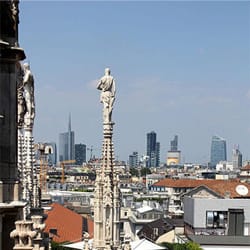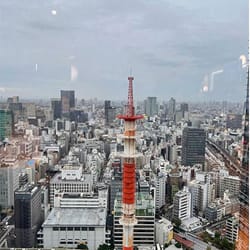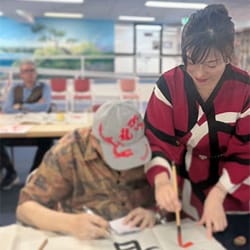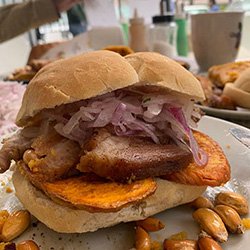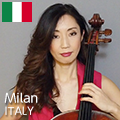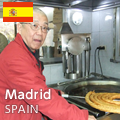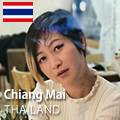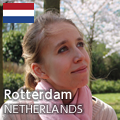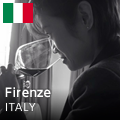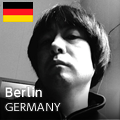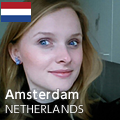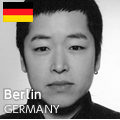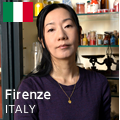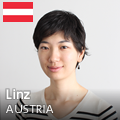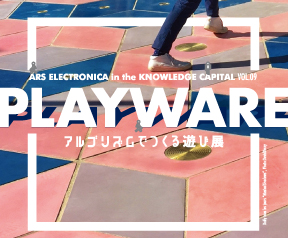The Royal Palace is located a stone's throw from the Genova Piazza Principe station and, together with 40 other buildings in Genoa, it is registered with the Rolli of Genoa, a list which is part of the UNESCO heritage. Today, the Royal Palace can be visited partly inside and outside as the Royal Palace Museum.
The building was built by the prestigious Genoese Balbi family during the mid-1600s. The initial project included a higher central body and two lateral wings that developed towards the sea. With the succession of the Durazzo family, the palace underwent major changes: it was expanded in the central part and finally the curtains and the hanging garden were added.
But the building took on the denomination of ‘Royal’ only in the nineteenth century, when King Carlo Felice of Savoy decided to buy it and transform it into the summer residence of the royal family. In these years the palace was renovated and redecorated as it appears today.
The palace belonged to the Savoy until the early 1900s, when Vittorio Emanuele III donated it to the State.

The public visit takes place on the second level of the building. This was the main floor, used only for banquets and receptions while the first floor was inhabited. However, the royal family decided to move the actual residence to this floor, for the beauty of the decorations of the rooms and for the view of the Gulf of Genoa. The frescoes, stuccos and furnishings are a mix of the decorative eras that the Royal Palace has gone through: from neoclassical to baroque to rococo.
One of the most beautiful rooms on this floor is undoubtedly this one. The large space was created from two previously divided rooms. All the tapestries, furnishings and curtains recall vegetation, the main element of the entire room and the gold and red colors stand out. Particular attention is paid to the swan, an animal that recurs in various elements of the room, we find it in the armrests of the armchairs, in the frames of the mirrors, in the curtain holders, in the legs of the stools and in the door handles. The furniture was chosen by King Carlo Alberto, his initials are reported in all the armchairs of the room, where the King received his most important guests. This room was dedicated to the reception of the subjects. In the center is a large canopy with the initials of Carlo Alberto and below it the throne, where the King's crown also rests. The color gold is also present in this room, while on the armrests of the throne we find the lion, symbol of the Savoy family.

Hall of mirrors
The two rooms are arranged in a mirror with respect to each other. In both, the colors that distinguish the royal family are present: red and gold. When visiting them you will certainly notice a peculiarity: the beds. In fact, these are rather short because the royals had the habit of sleeping sitting up because it was believed that the position helped with difficult digestion.
In the Queen's room we find a night clock. The device was designed with a space inside for an oil lamp or a candle precisely to allow reading even in the middle of the night.
The Hall of Mirrors is certainly the most beautiful room in the entire Royal Palace. The room was desired and built by the Durazzo family, to represent their fame and wealth. Mirrors are the protagonists of the environment, because their position plays a fundamental role in the perception of the environment.
Alternating with the mirrors we find sculptures among which we recognize Bacchus and the satyrs, Apollo and at the end of the room a reference to the famous sculpture by Gianlorenzo Bernini, the Rape of Proserpina. The fresco on the ceiling depicts Venus and a blindfolded Cupid, because love is blind.
During the so called ‘Rolli days’ it is possible to visit most UNESCO protected buildings which are normally not open for visits and you can visit the Royal Palace for free (which is usually paid).











